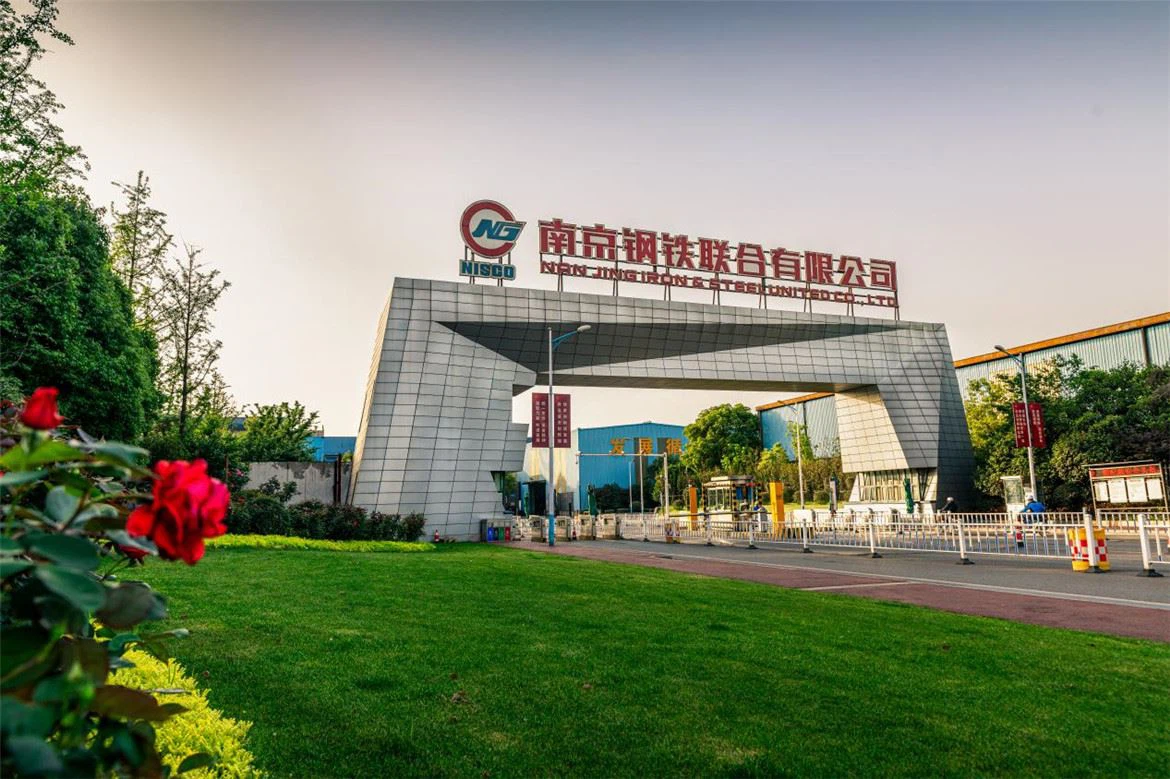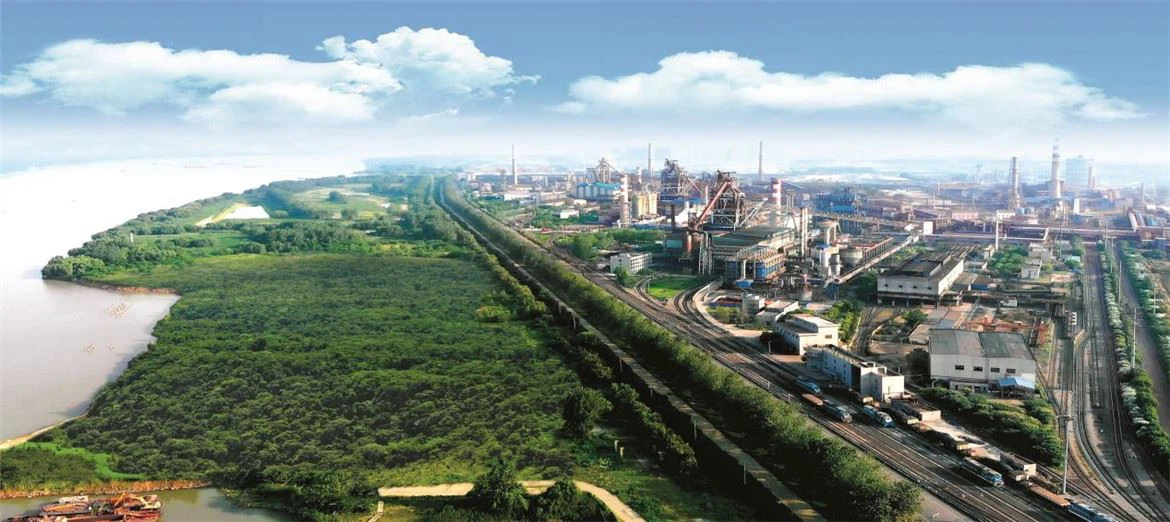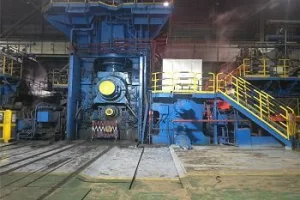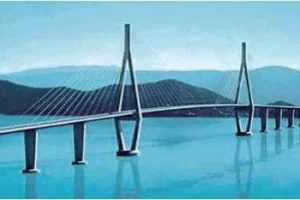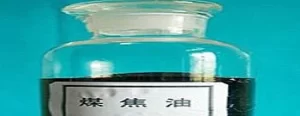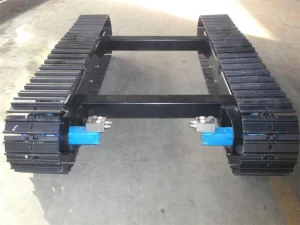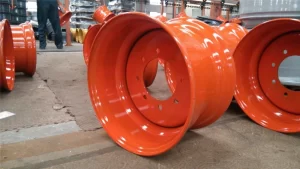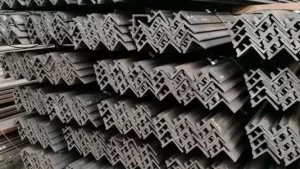Introduction of high-strength steel structure steel
In construction projects, there are two types of steel for building structure and steel for building decoration according to different purposes. Steel for building structure can be divided into steel for steel structure and steel for concrete structure. Steel for architectural decoration is mainly steel plates, profiles and their products.
1) Carbon structural steel
This kind of structural steel generally refers to engineering steel. The grades of carbon structural steel are Q195, Q215, Q235, Q255, and Q275.
The larger the steel grade, the more carbon content will increase the strength and hardness, but the subsequent plasticity and flexibility will also decrease. The most widely used steel in construction is Q235 steel . The carbon content is 0.14%~0.22%, which is a low-carbon steel with high strength, good plasticity, toughness and weldability, and good overall performance.
2) Low-alloy high-strength structural steel
This is a kind of steel with other alloy content added to carbon element paper.
What is the current situation of high-strength steel
Steel has always been one of the most commonly used materials. Even today, when a variety of elements have been developed, it cannot shake the status of steel. With the continuous development of the manufacturing industry, the application range of high-strength steel is becoming wider and wider.
The reason why it is called high-strength steel is that compared with other mild steels, high-strength steel has higher strength, but at present, the classification standards of each factory are different, and some are classified according to yield. Some are classified according to the strength of steel. According to the provisions of the International Iron and Steel Organization, we can define the range between 210-550MPa yield to high-strength steel, and steel that exceeds this range is called ultra-high-strength steel, and the yield is lower than 210MPa Degrees of steel are classified as mild steel.
High-strength steel manufacturing cost
Judging from the current situation, the number of applications of high-strength steel is increasing year by year, because high-strength steel materials are more in line with the current concepts of energy saving and environmental protection, and can meet people's needs for large quantities of steel. Because of its high strength, the manufactured products The products are also safer, and the manufacturing cost is lower than other products. At present, many models of high-strength steel have been developed to meet our different needs.
In the automotive industry, high-strength steel is used more frequently. High-strength steel is gradually replacing aluminum. The use of high-strength steel is conducive to the realization of lightweight cars. It can be applied to various parts of the body according to different models to improve the expansion performance of cars And lightweight.
Types and characteristics of high-strength steel
There are so many varieties of high-strength steel as stars. Today we sort out some of them: high-strength steel products for construction machinery. There are currently five major families in China, with different genes and different temperaments.
GB/T1591-2008 "Low-alloy high-strength structural steel";
GB/T16270-2009 "Quenched and Tempered Steel Plate for High Strength Structure";
YBT4137-2013 "High Strength Steel with Low Welding Crack Sensitivity";
GB/T28909-2012 "Heat-treated steel plate for ultra-high strength structure";
GB/T24186-2009 "High-strength wear-resistant steel plate for construction machinery".
Fatigue fracture behavior of inclusions in high-strength steel
The mechanical properties of high-strength steels, especially low-cycle fatigue (LCF), are obviously affected by non-metallic inclusions, and the contribution of non-metallic inclusions to LCF is also affected by the type of inclusion and the phase of loading stress. Inclusions can be exogenous inclusions produced in the smelting process, or they may be inherent precipitation and endogenous inclusions of alloy steel.
After years of research on the influence of non-metallic inclusions in steel, although some opinions are contradictory, overall, the effects on fatigue include: inclusion size, inclusion shape, form of inclusion attached to the body, inclusion and body elasticity coefficient, etc. The size of inclusions, the shape of inclusions and the surface state of the specimen affect the fatigue performance of the material. Brooksbank and Andrews have studied the fatigue life of bearing steel, and pointed out that the low expansion coefficient of inclusions deteriorates the fatigue performance of steel, and the formation of holes does not deteriorate the fatigue performance, or is beneficial. A lot of research work revolves around bearing steel, focusing on the smelting process and the cleanliness of the rolled steel.
What is the development trend of high-strength steel
Lightweight vehicles is one of the most direct and effective means to save energy and reduce emissions. In recent years, the quantitative development of several young people has been rapid. As a commercial vehicle, every 1 ton of weight reduction can save energy by 6% to 8% and reduce emissions by 6% to 8%, so this is a very effective method. To achieve lightweight, it is necessary to start with optimized design, through the application of advanced, high-strength, lightweight materials, and at the same time through the application of advanced molding technology to achieve the goal of lightweight.
High-strength steel is the most effective and cost-effective material for lightweighting in the automotive industry. It has developed rapidly in recent years. It has evolved from Q235 and Q345 used in general to products with a yield strength of 650~700MPa. It is widely used For automobile beams and various supports. At present, the application of high-strength steel has brought a new opportunity, that is, my country has officially announced new regulations for over-loading. After the vehicle is lightweight, it can bring greater benefits to the user under the same total mass, which is also the user's demand. At the same time, after weight reduction, the braking performance can be further improved, and the competitiveness of the vehicle will also be improved.

